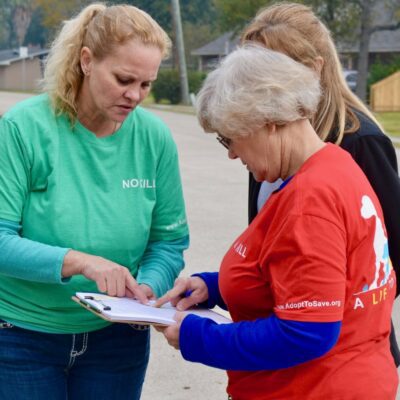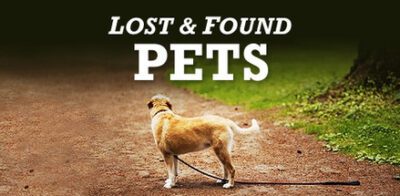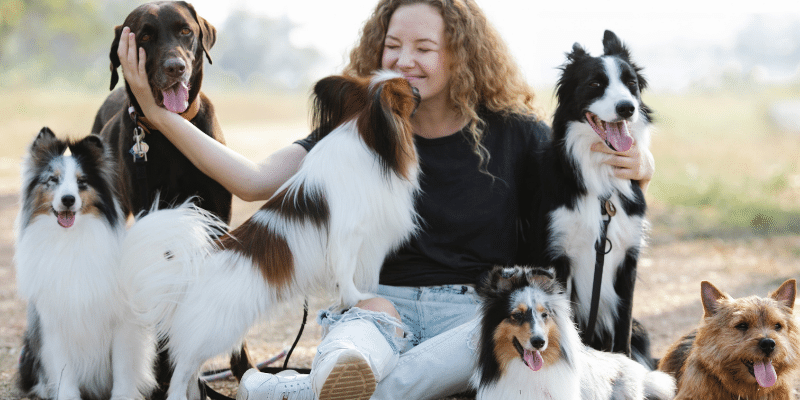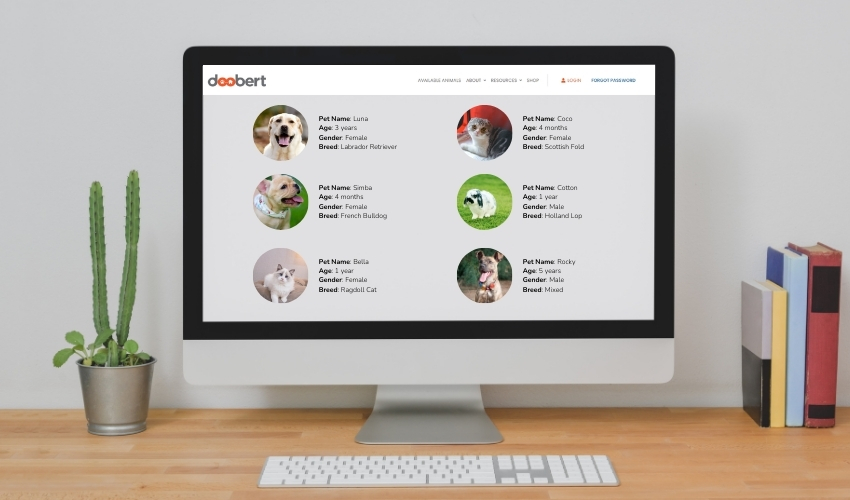You can get your local animal shelter to be no-kill. Here’s how.
In animal shelters, the term “no-kill” is often given to organizations with a live outcome rate of 90%+. This means that 90% of the animals entering their facility are not euthanized unless the animal is in untreatable pain or poses a risk to themselves or the community.
So what’s a volunteer got to do with helping their local animal shelter get to no-kill?
We’ve compiled 5 ways that you as a volunteer can contribute to the journey of getting your shelter to no-kill.
1. Animal fostering –


The fostering program you establish can take many forms. Sure, long-term fosters are great but what about instituting a weekend outing program? Or an overnight sleepover camp? The more often that animals are given the opportunity to be out of the shelter, the more likely they are to be less-stressed and have fewer health problems which means less work and problems for the shelter.
2. Animal rescue transport –
If your shelter does not have a rescue transport program, this is a great volunteer activity to implement that will help them increase their live-outcome percentages.
Let’s be clear, transport is not THE solution. But it is A part of the toolkit many organizations use to get to no-kill. Rescue transport allows an animal shelter to partner with other animal shelters across the country to move animals from areas of overpopulation to areas where there is more demand.
This isn’t just about the total number of animals either. Imagine if you had a shelter full of chihuahuas. How likely are you to get them all adopted out when that’s the only type of inventory you have? Rescue transport helps balance out the types of animals to communities across the country.
3. Animal welfare education –


Volunteers can play a vital role in building an effective education and awareness program in collaboration with a shelter. They have the time and often the skills to put together the campaign to get the community involved so more can be done together.
4. TNR for cats –
Did you know that the #1 euthanized animal in animal shelters is kittens? Cats have been seemingly overpopulated in just about every community across the country but particularly in more warm climates where they can have 3 or 4 litters of kittens every year, the problems seem to be more daunting.
TNR programs (Trap-Neuter-Release) are targeted programs where free-roaming, community cats are humanely trapped, brought to a clinic for sterilization (spay/neuter) and then returned to the location where they were trapped. Once sterilized, they’ll lead a normal life and the population will equalize over time through normal attrition.
Most TNR programs that we know of are started, led and maintained by volunteers who understand the importance of these programs to the overall goal of getting a shelter to no-kill. These passion-filled feline lovers volunteer their time to locate the cat colonies and then strategize on the plan and timing to trap these animals humanely to get them fixed.
5. Lost and Found Pets –
The ASPCA estimates that 40% of animals in animal shelters are actually someone’s pet. We’re not sure about you but that statistic is staggering. So what can volunteers do and how does this help the shelter get to no-kill?
If 4 out of 10 animals in your local animal shelter are actually someone’s pet, we’ll bet that a large number of people are actively looking for their lost companion. Studies show that 30% of all animals will go missing at least once in their lifetime. Like other emergencies, people often don’t plan for what to do until it happens and that’s where you can come in as a volunteer.


There are great organizations like PetFBI and Lost Dogs of America that are run by volunteers and have a focus on helping reunite lost animals with their owners. As a local volunteer in your community, you can be the liaison between the general public and your local shelter to coordinate the communication and explain the resources and tips for getting the animals reunited with their owners.
Getting your local animal shelter to no-kill is a community-wide problem and requires lots of volunteering and education.
Want to see if your community has achieved no-kill status of 90%+ live-release rate?
Check out the interactive map from Best Friends.


















